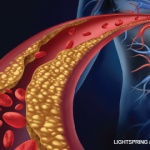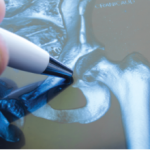Non-steroidal anti-inflammatory drugs (NSAIDs) are the most used drugs for acute and chronic pain. More than 30 billion doses of NSAIDs are consumed annually from more than 70 million prescriptions.1 Despite their common use, NSAIDs are not free of serious toxicities. In the pre-Vioxx (rofecoxib) era, gastrointestinal toxicity was the primary concern for many NSAIDs….







